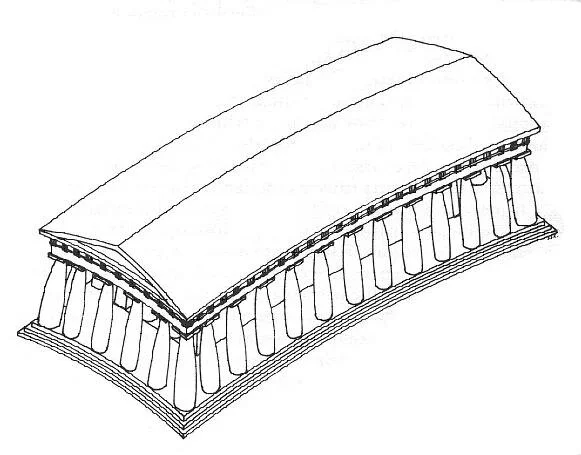Our present begins to make more sense as we uncover the mysteries of the past. At the same time, it helps us better our future. There is a large team of people from various backgrounds working on the restoration of the Parthenon. I like to believe that they wonder at the marvel that Parthenon is, just as Pericles had predicted. But the sceptic in me is also curious about the flaws and negatives, if there were any, hidden amongst the multitude of conspicuous and subtle positives. After all, their democracy was not entirely without fault. The Athenians, who considered Athena as the patron of their city, did not allow its women to vote. People captured in wars were enslaved. Undoubtedly, these went against their principle of the right to be fully human. But much as I tried, I came across nothing that contradicts the Parthenon's claims to perfection. Maybe time had succeeded in painting over the ugly parts of the history, leaving behind a specimen rich in Greek imagination and inventiveness.
It was built it in less than a decade, without any architectural blueprints or tools that we'd recognize today. Inadvertently , we have assumed that our techniques and resources are far better than our ancestors'. Were we to delve deeper, there are speculations to the contrary. Archaeological evidence points to a very organic, living approach, evolving every step of the way, that we, probably should practice more of today. Attention to detail is often forgotten in our mad rush to meet the ever-shrinking deadlines. Quantity and profits trump quality. In the present state of things, the idea of any work we do, surviving the test of time like the Parthenon, seems impossible. This leaves us with a pertinent question - won't it help to take pointers from such worthwhile examples to build our everyday lives?




